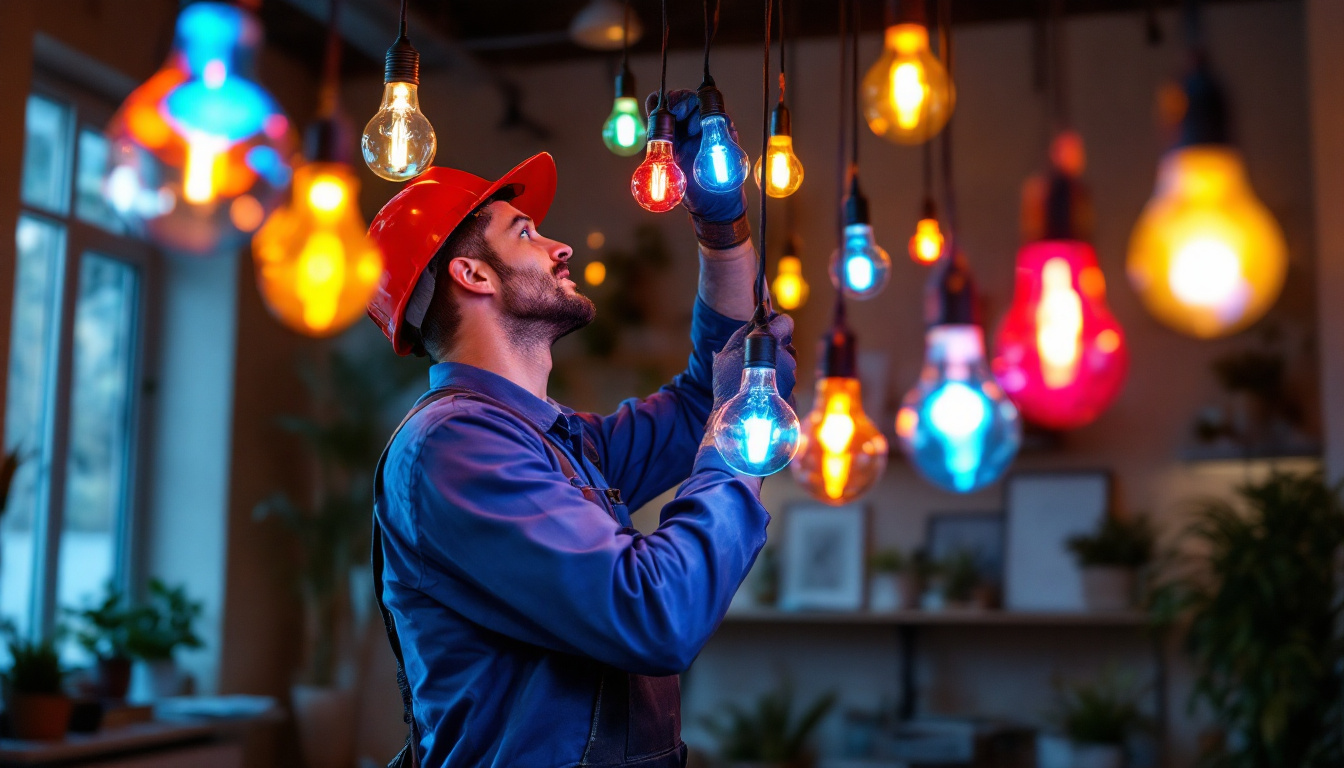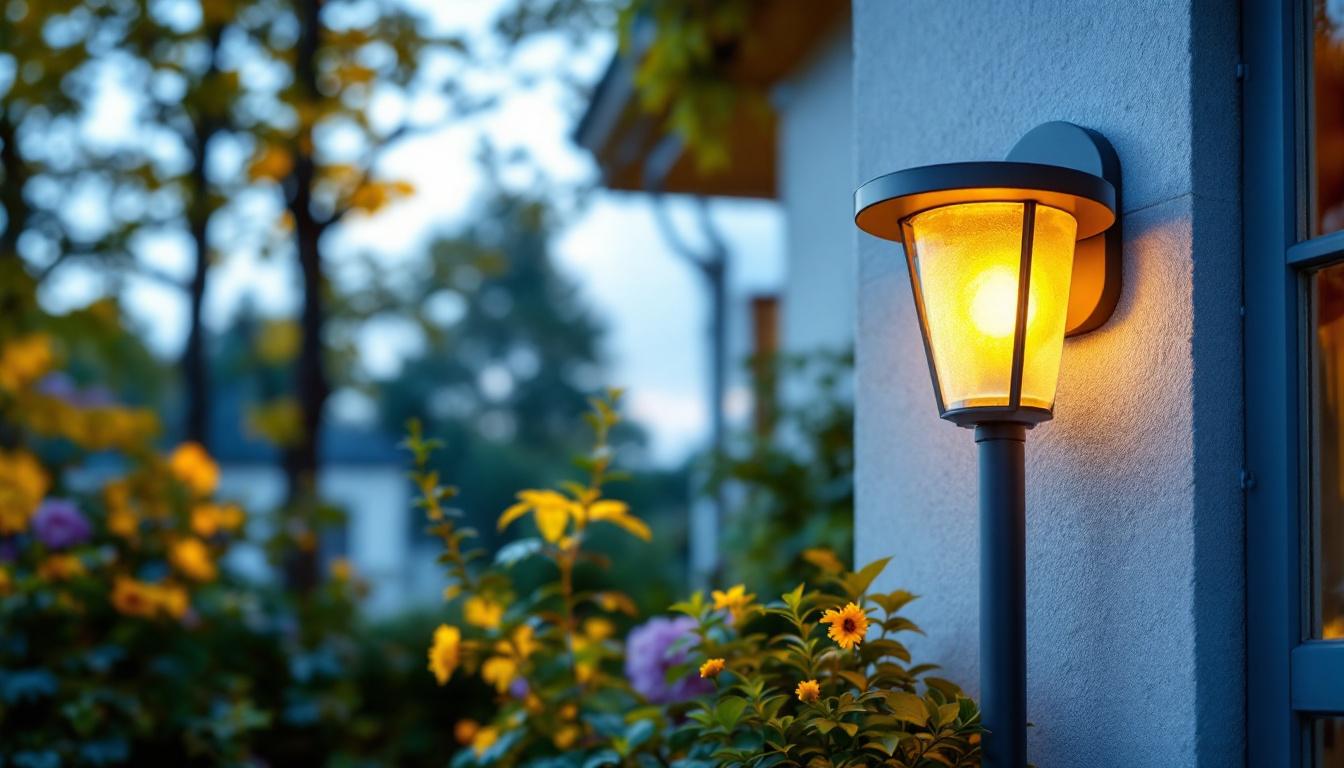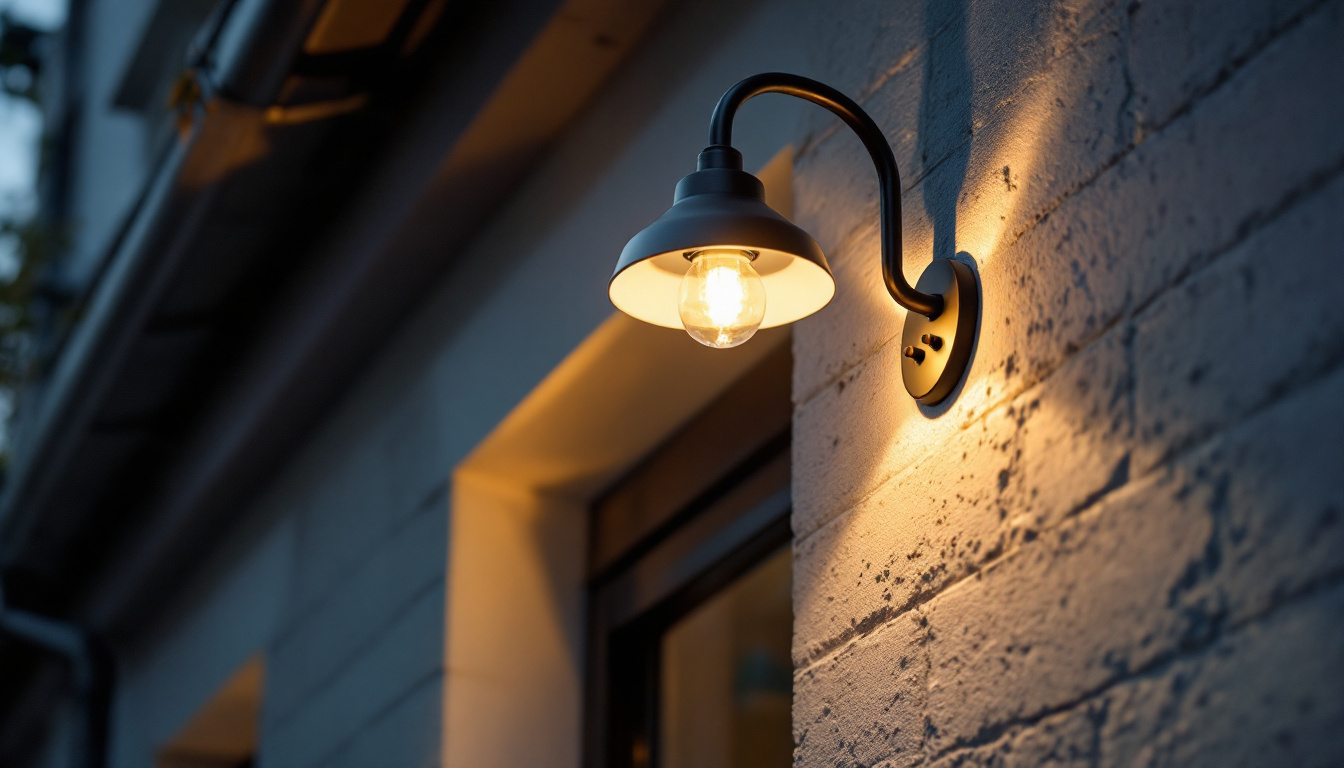
As the demand for energy-efficient lighting solutions continues to grow, LED decorative light bulbs have emerged as a popular choice among consumers and businesses alike. However, while these innovative lighting options offer numerous benefits, they also present unique challenges for lighting contractors. Understanding these challenges is crucial for contractors to ensure successful installations and satisfied clients.
LED (Light Emitting Diode) technology has revolutionized the lighting industry. Unlike traditional incandescent or fluorescent bulbs, LED bulbs convert electricity directly into light, resulting in significantly lower energy consumption and longer lifespans. However, this technology comes with its own set of complexities that contractors must navigate.
One of the primary challenges contractors face is the wide range of color temperatures available in LED decorative light bulbs. From warm whites to cool blues, the color temperature can greatly affect the ambiance of a space. Contractors must be knowledgeable about these variations to guide clients in selecting the appropriate bulbs for their specific needs.
Furthermore, the quality of light emitted by LED bulbs can vary significantly between manufacturers. Some bulbs may produce a harsh, unnatural light, while others provide a warm, inviting glow. Contractors must be discerning in their product selections to ensure that the lighting meets both aesthetic and functional requirements. Additionally, understanding the concept of Color Rendering Index (CRI) is crucial, as it measures how accurately a light source displays colors in comparison to natural light. A higher CRI value indicates better color accuracy, which is particularly important in settings like art studios or retail spaces where color perception is critical.
Another challenge arises when integrating LED decorative light bulbs into existing fixtures. Many older fixtures were designed for incandescent or fluorescent bulbs, which can lead to compatibility issues. For example, dimmable LED bulbs may not work properly with older dimmer switches, resulting in flickering or inadequate dimming capabilities.
To address this, contractors need to assess the compatibility of existing fixtures and recommend appropriate upgrades or replacements. This may involve installing new dimmer switches or even replacing entire fixtures to ensure optimal performance and client satisfaction. Moreover, it’s essential for contractors to educate clients about the benefits of retrofitting their existing systems with LED-compatible fixtures. Not only can this enhance energy efficiency, but it can also provide opportunities for smart lighting integration, allowing users to control their lighting remotely or set schedules for automated operation, further enhancing convenience and energy savings.
While LED decorative light bulbs are generally easier to install than traditional bulbs, there are still several installation challenges that contractors must be prepared to face. Proper installation is essential to maximize the benefits of LED technology and ensure longevity.
One of the key advantages of LED bulbs is their ability to produce less heat compared to incandescent bulbs. However, this does not mean that heat management is irrelevant. In some cases, LED bulbs can generate heat that, if not properly managed, can lead to reduced performance and lifespan.
Contractors must take into account the thermal management of fixtures, particularly in enclosed spaces. Ensuring adequate ventilation and selecting fixtures designed for LED use can help mitigate these issues and ensure that the bulbs operate efficiently over time. Moreover, the placement of the fixtures plays a critical role; for instance, positioning them away from heat sources or ensuring that they are not too close to walls can help maintain optimal operating temperatures. Additionally, using heat sinks or thermal pads can further assist in dissipating heat, thereby enhancing the overall performance of the LED lighting system.
LED bulbs require specific electrical conditions to function optimally. Contractors must be well-versed in the electrical requirements of LED lighting, including voltage and current specifications. In some cases, existing wiring may need to be upgraded to accommodate the needs of LED fixtures.
Additionally, understanding the implications of using multiple LED bulbs on a single circuit is crucial. Overloading circuits can lead to performance issues or even safety hazards. Proper planning and knowledge of electrical systems are essential for contractors to avoid these pitfalls. It is also important to consider the compatibility of dimmer switches with LED technology, as not all dimmers are designed to work with LED bulbs. Using incompatible dimmers can result in flickering or buzzing, which detracts from the intended ambiance. Therefore, selecting the right dimming solutions and ensuring that they are rated for LED use is another critical factor in the successful installation of LED lighting systems.
Educating clients about the benefits and limitations of LED decorative light bulbs is vital for lighting contractors. Many clients may have preconceived notions about LED lighting based on outdated information or personal experiences with early LED technology. As the lighting industry evolves, it is essential for contractors to stay informed and share the latest advancements with their clients, ensuring they make informed decisions that align with their needs and preferences.
One common misconception is that LED bulbs are too expensive compared to traditional lighting options. While the upfront cost of LED bulbs may be higher, the long-term savings in energy costs and replacement frequency can far outweigh the initial investment. Contractors must effectively communicate these benefits to clients, helping them understand the value of LED lighting. For instance, highlighting the fact that LED bulbs can last up to 25,000 hours compared to the 1,000-hour lifespan of incandescent bulbs can illustrate the cost-effectiveness over time. Furthermore, many utility companies offer rebates and incentives for switching to energy-efficient lighting, which can further reduce the overall cost burden.
Additionally, clients may have concerns about the quality of light produced by LEDs. Educating them about advancements in technology that have improved color rendering and light quality can help alleviate these concerns and encourage adoption. Modern LED bulbs now offer a range of color temperatures and dimming capabilities, allowing clients to create the perfect ambiance for any setting. By showcasing these features, contractors can help clients visualize how LED lighting can enhance their spaces, making it not just a functional choice but an aesthetic one as well.
Setting realistic expectations regarding the performance and lifespan of LED decorative light bulbs is crucial. While these bulbs are designed to last significantly longer than traditional options, factors such as usage patterns and environmental conditions can impact their longevity. For example, frequent on-off cycling can reduce the lifespan of some LED bulbs, so educating clients about optimal usage can help them maximize their investment. Additionally, discussing the importance of proper installation and compatibility with existing fixtures can prevent potential issues that may arise post-installation.
Contractors should provide clients with clear information about what to expect in terms of performance and maintenance. This transparency can help build trust and ensure that clients are satisfied with their lighting choices over time. Offering a simple maintenance guide or checklist can empower clients to care for their LED bulbs properly, ensuring they enjoy their benefits for years to come. Furthermore, sharing case studies or testimonials from previous clients who have successfully transitioned to LED lighting can serve as a powerful motivator, reinforcing the positive impact of this technology on both energy savings and overall satisfaction with their lighting solutions.
Lighting contractors must navigate a complex landscape of regulations and standards that govern the use of LED lighting. Compliance with these regulations is essential to ensure safety and reliability in installations.
Energy efficiency standards vary by region and can impact the types of LED decorative light bulbs that contractors can recommend. Familiarity with local regulations is essential for contractors to ensure compliance and avoid potential penalties.
Moreover, staying updated on changes to energy efficiency standards can help contractors provide clients with the most current and compliant lighting solutions. This knowledge also positions contractors as trusted experts in the field, enhancing their reputation and client relationships.
In addition to energy efficiency standards, safety standards and certifications play a critical role in the selection of LED decorative light bulbs. Contractors must ensure that the products they recommend meet relevant safety certifications, such as UL or ETL listings.
Using certified products not only ensures compliance with safety regulations but also provides clients with peace of mind regarding the quality and reliability of their lighting installations. Contractors should prioritize sourcing products from reputable manufacturers that adhere to these standards.
The market for LED decorative light bulbs is rapidly evolving, with numerous manufacturers and products available. This abundance of options can create challenges for lighting contractors as they strive to differentiate themselves in a competitive landscape.
With so many products on the market, contractors must be diligent in evaluating the quality of LED decorative light bulbs. Not all products are created equal, and some may not deliver the performance or longevity promised by manufacturers.
Contractors should conduct thorough research, read reviews, and seek recommendations from industry peers to identify high-quality products. Building relationships with trusted suppliers can also provide access to reliable products and valuable insights into emerging trends in LED lighting.
As the lighting industry continues to evolve, staying ahead of trends is essential for contractors looking to maintain a competitive edge. This includes keeping an eye on advancements in LED technology, design trends, and consumer preferences.
Participating in industry events, attending training sessions, and engaging with professional organizations can help contractors stay informed about the latest developments. By staying current, contractors can offer clients innovative solutions that meet their evolving needs.
LED decorative light bulbs present both opportunities and challenges for lighting contractors. By understanding the intricacies of LED technology, installation requirements, client education, regulatory compliance, and market dynamics, contractors can navigate these challenges effectively.
Ultimately, the successful integration of LED decorative light bulbs into lighting projects hinges on a contractor’s ability to adapt to the changing landscape of the industry. By embracing these challenges and continuously seeking knowledge and improvement, lighting contractors can position themselves as leaders in the field, providing clients with exceptional lighting solutions that enhance both aesthetics and functionality.
Ready to overcome the challenges of LED decorative light bulbs and elevate your lighting projects? At LumenWholesale, we support your commitment to excellence by providing spec-grade lighting products that blend quality, affordability, and convenience. Say goodbye to inflated markups and hello to our extensive selection of reliable, high-performance lighting solutions. With free shipping on bulk orders, we ensure that you get the best value without any hidden fees. Take the next step in lighting innovation and Wholesale Lighting at the Best Value with LumenWholesale today.

Discover how T8 fluorescent tubes revolutionize lighting projects for contractors by boosting efficiency and reducing costs.

Discover the essential insights lighting contractors need to meet client expectations for tombstone light fittings.

Discover the essential checklist for lighting contractors with “Light Bases.” This guide covers crucial steps and considerations to ensure flawless installations, enhance efficiency, and deliver exceptional lighting solutions for any project..

Discover essential tips and common pitfalls for lighting contractors working with light goosenecks.